Rare treasures linked to Robert Burns, Bonnie Prince Charlie and JK Rowling brought together for new celebration of Scottish history
and live on Freeview channel 276
The ground-breaking contributions of violinist and composer James Scott Skinner, publisher George Thomson and explorer Isobel Wylie Hutchison are explored in a dedicated new “Treasures” gallery at the National Library of Scotland in Edinburgh.
Visitors will be able to see one of the oldest surviving books published in Scotland, more than 500 years ago, a Gaelic manuscript dating back to the 15th century and some of the earliest colour film footage shot in Scotland, which documents hillwalking in the 1930s.
Advertisement
Hide AdAdvertisement
Hide AdModern-day cultural figures like author JK Rowling, the poets Hannah Lavery and Jackie Kay, filmmaker Mark Cousins and singer Emma Pollock are all featured in a series of displays, which are largely drawn from the library’s vast collections and archives.
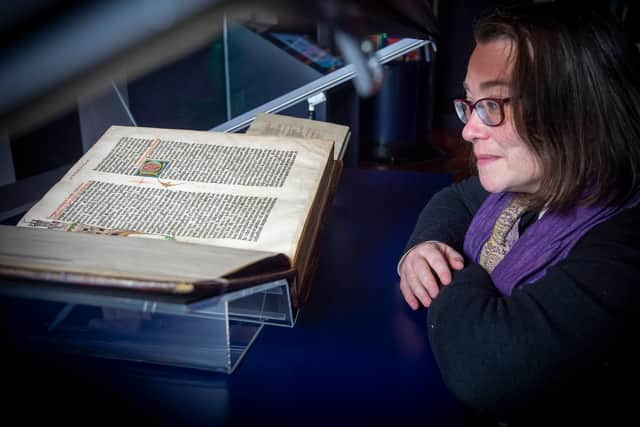

The new Treasures gallery brings together for the first time rare books, maps, documents, photographs and films which have rarely been on public display before. It had been planned to open in the summer of 2020, but was delayed by the Covid pandemic.
Opening to the public on Friday, the exhibition features the letter from Burns containing the words to his most-recorded love song, Ae Fond Kiss, a copy of the first edition of Charles Darwin’s On the Origin of Species and a letter to his Scottish publisher, an account of the Battle of Culloden, and scraps of garments said to have been by Bonnie Prince Charlie and Flora MacDonald.
Some of the rarest books in the National Library’s collections are going on permanent display for the first time, including one of 49 surviving copies of a Gutenberg Bible, the first book printed in Europe with moveable type in the 1440s. Some of the few surviving books created by Scotland's first publishers Walter Chepman and Andrew Myllar, who set up a printing press in the Cowgate in Edinburgh in 1508, will also be shown.
Advertisement
Hide AdAdvertisement
Hide AdDora Petherbridge, curator of international collections at the National Library, said: “We’re really pleased to be able to open this space, as it’s allowed us to bring out of our stacks treasures from across all our collections that we’ve wanted to be able to show to the public for years.
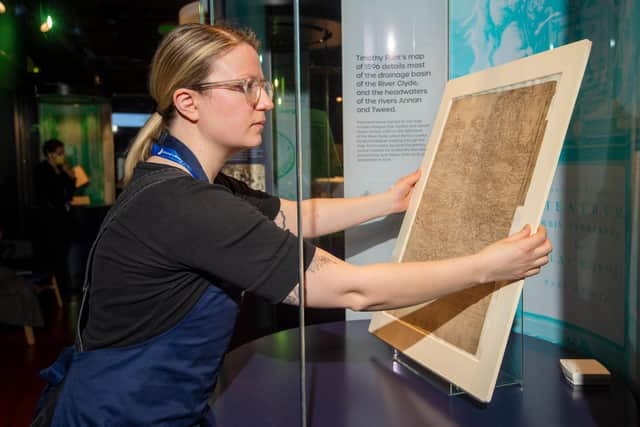

"We have books, manuscripts, maps, early sound recordings, early film and modern material, which we’ve been saving for years and preserving for ever. Now we're able to finally show them to the public in a permanent gallery space.
“We were pretty spoiled for choice as we have more than 30 million things in our collection, but there are different themes across the exhibition, including travel and literature.
“What ties it all together is we’re reflecting the memory of Scotland and the memory of the nation. It is an international story we’re telling, but everything on display is connected to Scotland.”
Advertisement
Hide AdAdvertisement
Hide AdThe exhibition recalls the extensive travels of explorer and botanist Hutchison, who was honoured by the Royal Scottish Geographical Society for her outstanding contribution to geographical knowledge, across Greenland, the northern coast of Alaska, and Arctic Canada in the 19th century.
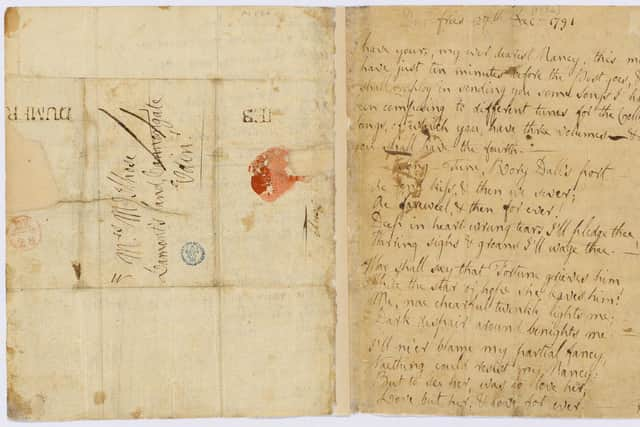

It also features one of many letters exchanged between Beethoven and Thomson, an Edinburgh-based publisher who asked him to write musical accompaniments for Scottish songs.
Among the episodes in Scottish history revisited through archive memorabilia are the 1997 devolution referendum and the subsequent election campaign for the reopened Scottish Parliament two years later.
The National Library has joined forces with the Edinburgh-based arts collective Neu! Reekie! to get modern-day artists, writers, musicians and filmmakers to create new work in response to some of the main exhibits.
Advertisement
Hide AdAdvertisement
Hide AdThey include Kapka Kassabova, Harry Josephine Giles, Hannah Lavery, David Kinloch, George Gunn, Kevin Williamson, Meg Bateman, Miriam Gamble, Emma Pollock, Nadine Aisha Jassat and Mark Cousins.
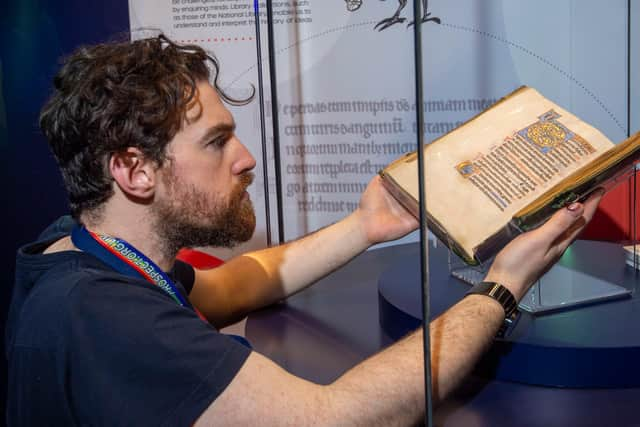

One of the oldest exhibits is the Iona Psalter, a decorated bound volume, believed to date as far back as 1180, which was made for Bethóc ingen Somairle, the first prioress of Iona.
Ms Petherbridge said: “I think people will be really interested to see things like the Iona Psalter, one of the earliest manuscripts we have in our collection related to a woman, and a really early map of Glasgow and the River Clyde, which is extraordinarily exquisite and detailed.
“We have 30 different translations of JK Rowling’s Harry Potter and the Philosopher’s Stone, which show the impact the book had on children’s publishing and the history of literature.
Advertisement
Hide AdAdvertisement
Hide Ad“We have got so many treasures that we want to share, so some of the displays will be changing every year or so, so there will always be something new for people to see and come back to the gallery for.
"We also really wanted to think about the treasures of the future as well as the treasures of the past, so the exhibition ends up with our digital collections. We’re really interested to hear what our visitors would like to see treasured by the National Library and added to our collections.”
Aminah Shah, Scotland’s National Librarian and chief executive of the National Library, said: “As guardian of the nation’s published and recorded memory, we have an unparalleled collection of materials.
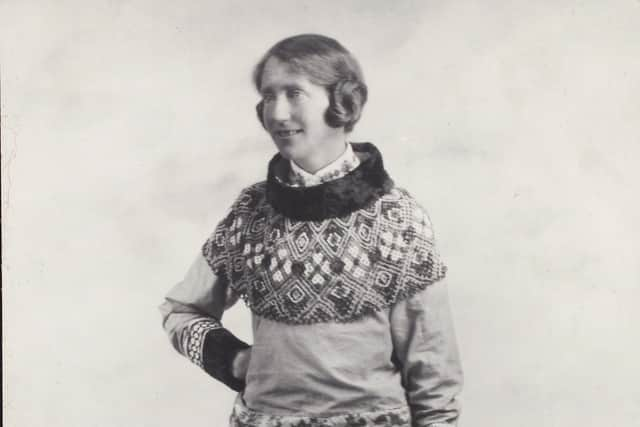

“The Treasures exhibition gives people a glimpse into the vast collections – many of which are typically stored among the multiple floor levels beneath their very feet.
“We’re excited to launch this much-anticipated exhibition, which will provide visitors with unique insights into Scotland’s story, and its place in the world.”
Comment Guidelines
National World encourages reader discussion on our stories. User feedback, insights and back-and-forth exchanges add a rich layer of context to reporting. Please review our Community Guidelines before commenting.
